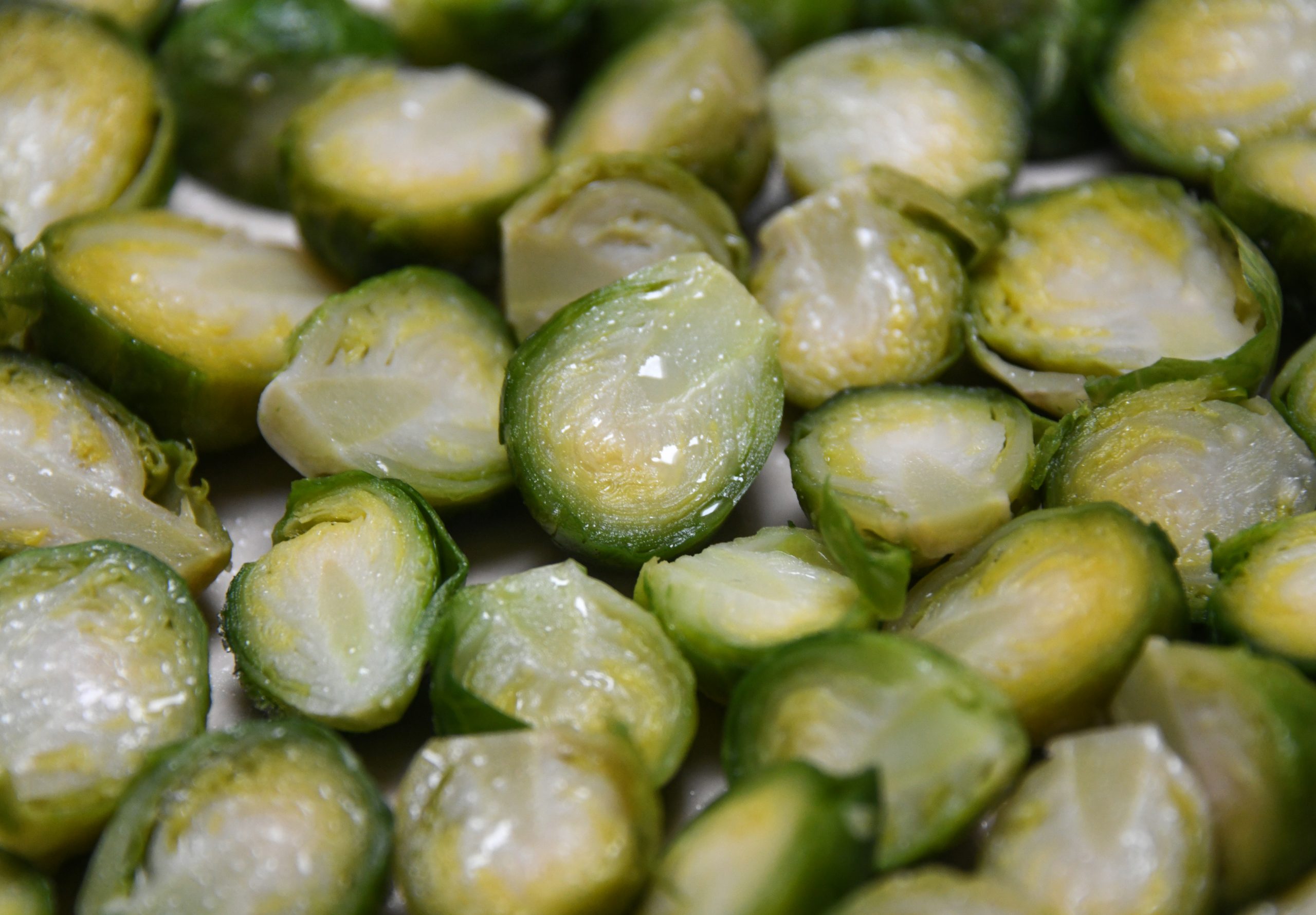Ramping up for a Zesty Meal
This year’s final tribute to spring produce brings me to a pungent little perennial that grows wild in eastern North America. Known as a wild leek or ramp, this delicate-looking vegetable possesses small, white bulbs, slender, pink stalks, and broad, green leaves. While this petite plant may appear fragile, the flavor and aroma that it imparts pack powerful punches. Think of the combined bold scents of garlic and onion. Add to these an earthy, lingering aspect and you have the potent smell and taste of a ramp. Wildly popular in the Appalachian region, ramps are heralded for their culinary as well as medicinal uses. In the latter case locals employ them as seasonal tonics to stimulate dormant appetites and open sinuses long blocked by winter’s chill. Beyond their role in folk medicine, ramps star in a series of springtime food festivals held throughout West Virginia. At fairs such as the Feast of Ramson in Richwood, W.Va. they are cooked in bacon fat and served alongside ham, beans, potatoes and cornbread. At the International Ramp Cook-off …
